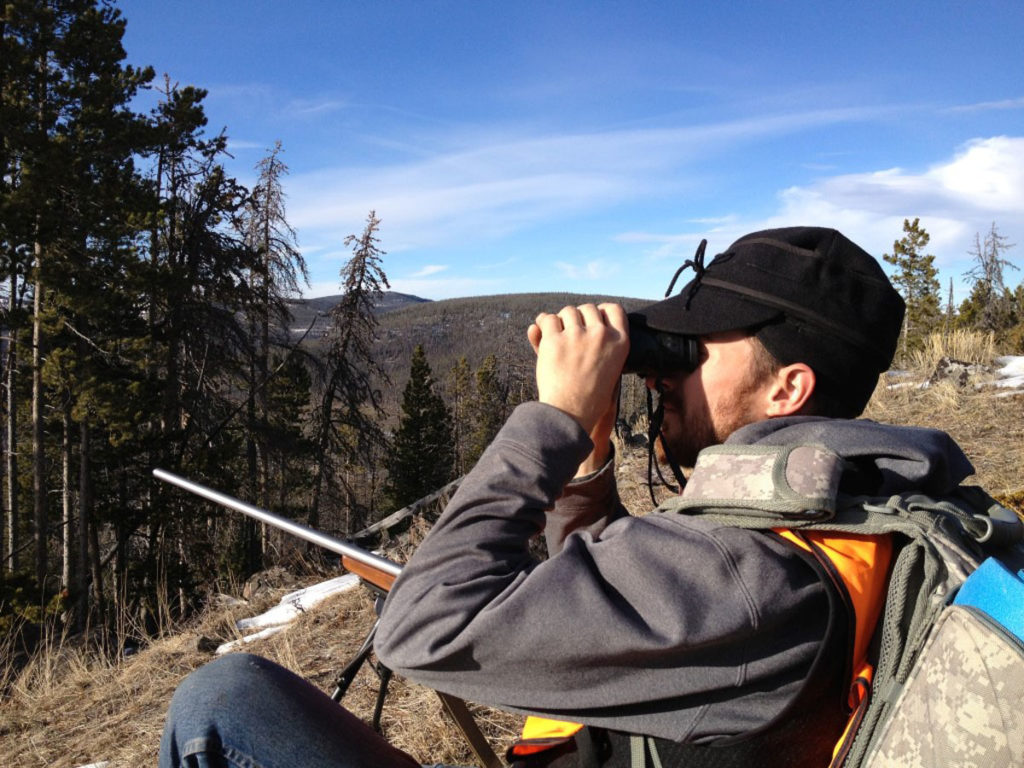
A very wise gun writer once said, “You can’t miss one close enough with a big rifle to kill it.” The “it” being spoken of was Alaskan Peninsula brown bears, the speaker, a lifelong brown bear guide. His point being, it doesn’t matter how big the caliber of a rifle a hunter shoots if he can’t get a bullet where it needs to go. The same holds true for elk, if a hunter isn’t comfortable with his setup, it won’t matter how much velocity or down range energy is left if the bullet sails past it’s intended target.
As an elk guide in my earlier years, I saw numerous examples of this truth play out in front of me. My hunter and I would ride and hike countless miles sometimes before an opportunity at a bull elk would present itself. Nothing is more heartbreaking than days of work culminated in a shot that is pulled or rushed because a hunter is unfamiliar with his elk rifle.
In the interest of full disclosure, this article won’t cover what caliber is the best medicine for these majestic creatures, since that is up to the hunter to decide. Familiarity is much more deadly than a brand new rifle that hasn’t been shot enough before the hunt begins. A 140-grain bullet in the lungs will kill an elk faster than a 200-grain bullet over his back every time. What this article will help the reader with is prepping their existing rifle for the hunt of a lifetime.
One of the biggest factors in deciding what to take on an elk hunt is the style of hunting anticipated. If a person is hunting with his buddies, an outfitter, or even going it alone, it’s important to anticipate what kind of terrain and techniques a person expects. Are you hunting opening weekend and planning on sitting ridgetops while people bump elk to and around you? Are you going to still hunt timber and try to sneak up on a bull in his bed? Each scenario’s opportunity can be greatly improved upon by having the right tool for the job.
If you’re going with an outfitter or buddy who is ramrodding the trip, ask them questions about anticipated shot distances and topography. If the game plan is to be set up on a long park for days on end, it will pay off to know ahead of time and plan accordingly. Pre-trip target practice should reflect the hunt’s intended plan.
If you are going it alone, planning and practicing before the moment of truth arrives will pay dividends when you finally have an opportunity at the bull of your dreams. Below are some options to add or subtract from a rifle to put the odds more in your favor.
Longer ranges
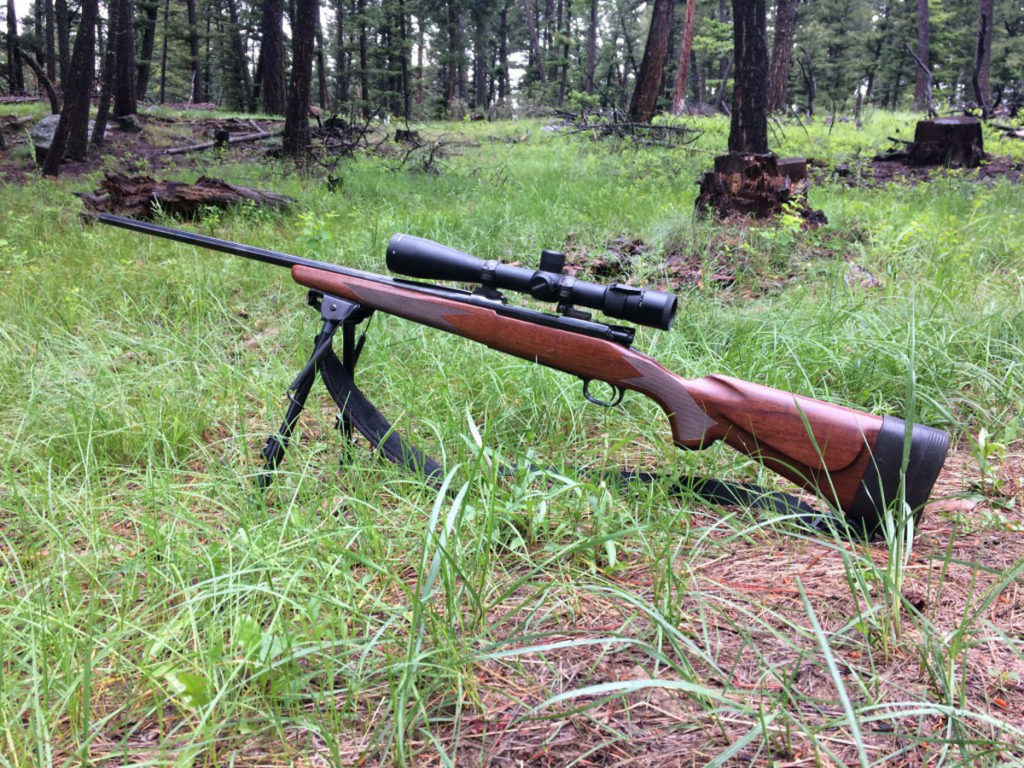
One of the most popular early season elk hunting tactics is to get to a good vantage point and let other people move the elk. As elk receive pressure for the first time of the year, they can and do cover phenomenal amounts of country in a hurry. For the hunter set up in a natural funnel or saddle, this can equate to longer shooting distances and less time to react to an ever-changing hunting situation. You can stack the odds in your favor by outfitting your rifle with a quality bipod or shooting sticks and familiarizing yourself with your rifle’s ballistics out to your maximum comfortable shooting range. Another must-have tool is a quality, variable power rifle scope. Anything in the 4-12x or larger range should suffice for most hunter’s needs.
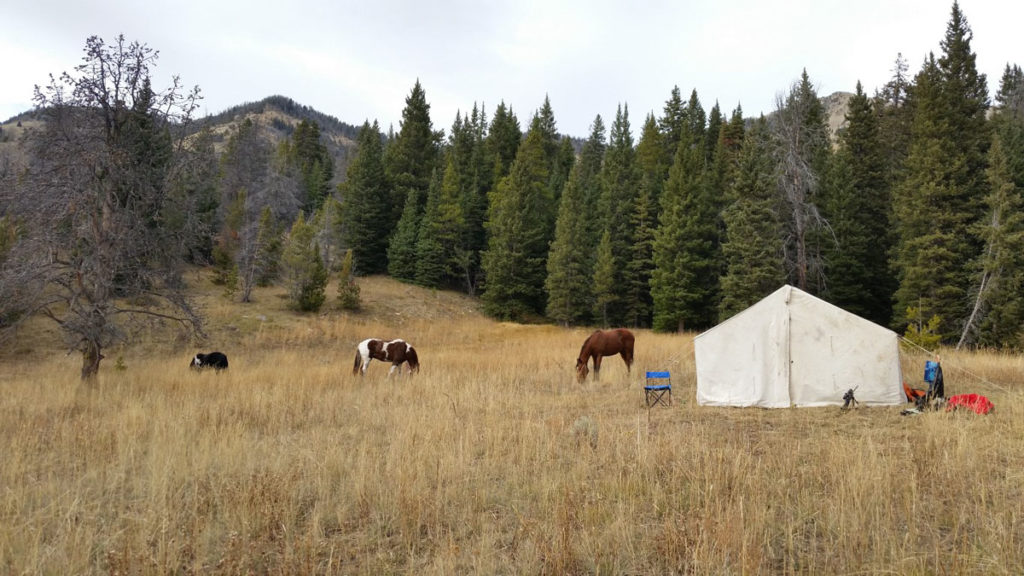
Mid Ranges
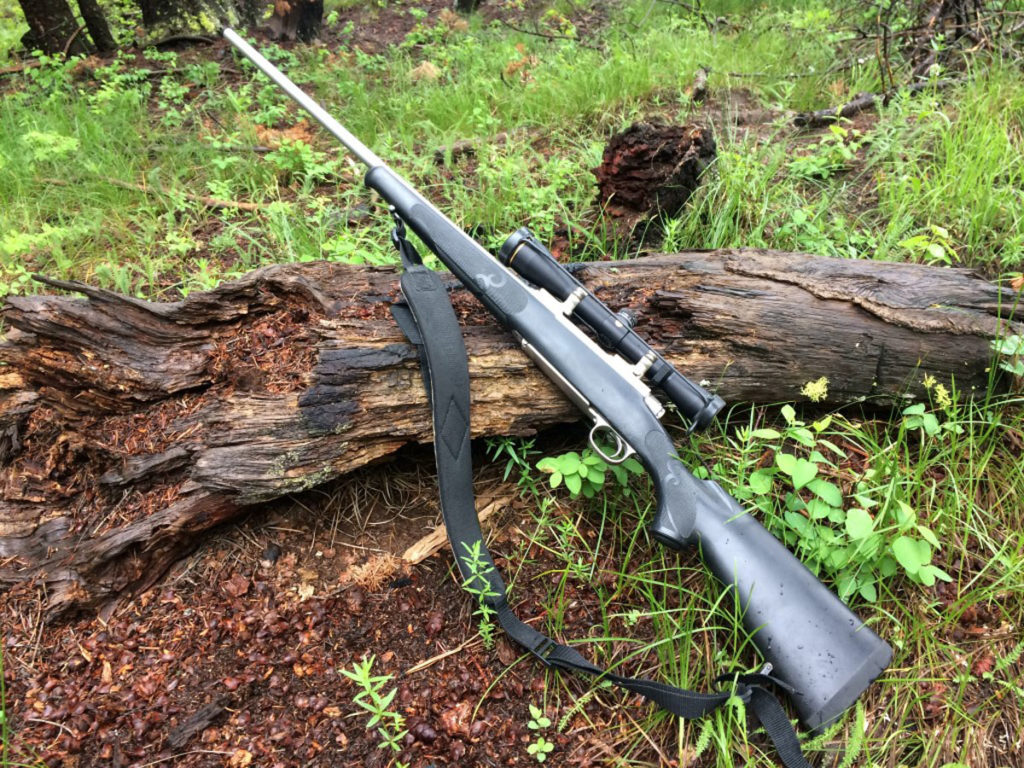
If your game plan will involve a mix of hunting styles, such as sitting a park morning and evening but diving into the timber for the midday lull, it’s important to have all of your bases covered as much as possible. A variable power scope in the 3-9x range works well for an all-around option. Keep it turned down in the timber for a wider field of view when shots are anticipated to be closer and crank it up when you are ready to sit at the edge of a meadow in the evening.
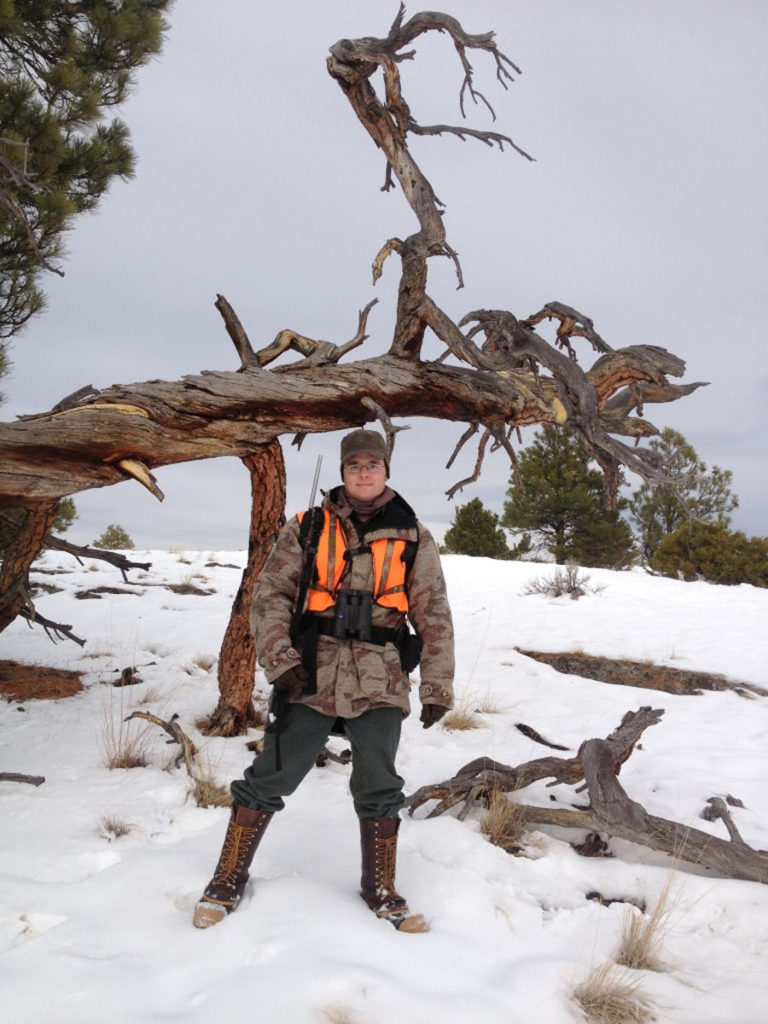
Short ranges
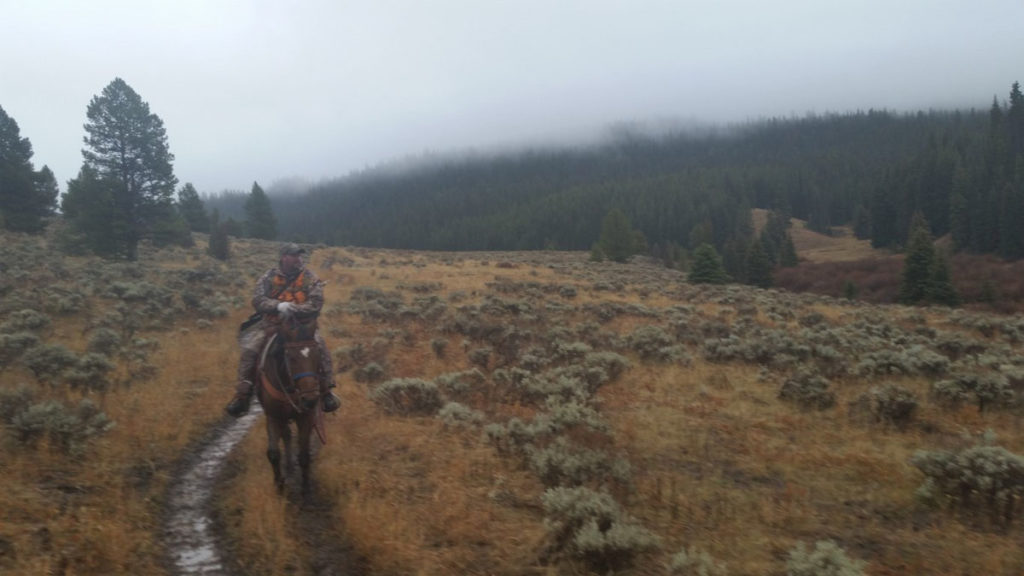
Another popular option, especially as the season wears on and the elk get more cagey, is to go into the timber after them. Slowly still hunting through the woods with some fresh snow on the ground ranks up there as one of the most satisfying ways to punch an elk tag. While this option generally requires above average woodsmanship skills, it is a proven technique to get elk in your crosshairs. A low fixed or variable power scope in the 3 or 4x magnification is your greatest mechanical asset in this situation.
Other options
I generally prefer to keep my elk rifle as simple as possible. This means keeping all unneeded accessories off of the sling and stock yet close at hand. Cartridge carriers can get in the way and hamper quick firearm handling, I prefer to put one extra round in each of my front pockets or binocular case to keep them from clinking together yet keeping them close at hand. A mature bull elk will not tolerate human noises in his domain so it’s important to put everything you can at your advantage.
A bipod can be a blessing or a curse depending on the day, so weigh the pros and cons of having one on your rifle for the duration of a hunt. They can add extra weight, make it impossible to carry a rifle in a scabbard and hang up in the timber at the wrong time but may also provide the only rest available if you’re hunting open country. It is up to each person and their personal preferences to decide if it is a worthwhile tool to have along.
Scope covers are another must have on most elk hunts, whether it’s raining or snowing, odds are you will encounter some sort of inclement weather before you head for home and keeping your scope covered will ensure a clear field of view when you finally have your chance at an elk. There is any number of different designs and models for most hunting scopes so pick one that works best for you and your style.
Slings are another tool that can positively or negatively affect the outcome of a day in the woods. If you’re hunting off of horses with a saddle scabbard, a sling can hang up at inopportune times when you are trying to get a rifle out quickly. Seconds can count, it pays to think ahead and anticipate. If you are like most hunters and hunt on foot, slings can be a great tool to keep your arms from fatigue as well as free your upper body to glass or use an elk call.
Doing some research into the intricacies of your elk area, as well as how you’re going to hunt it should help determine what accessories will play a part in your success this fall. Customizing what you carry on your rifle will give you an edge when that elk you’ve worked so hard to find finally shows himself.

[track-link url=”https://www.gunsamerica.com/rifles.htm” campaign=”HUNTING_RIFLE” target=”_blank”]***Shop GunsAmerica for your next hunt***[/track-link]